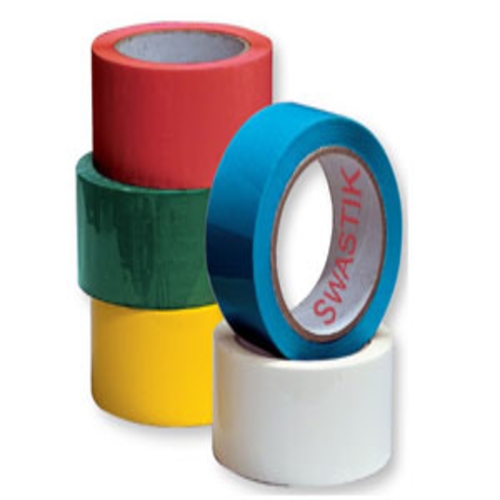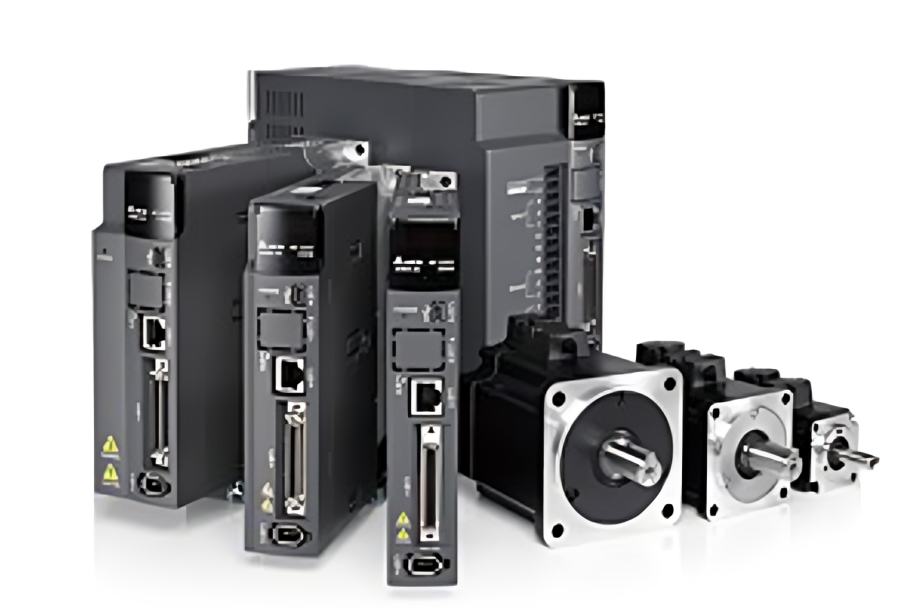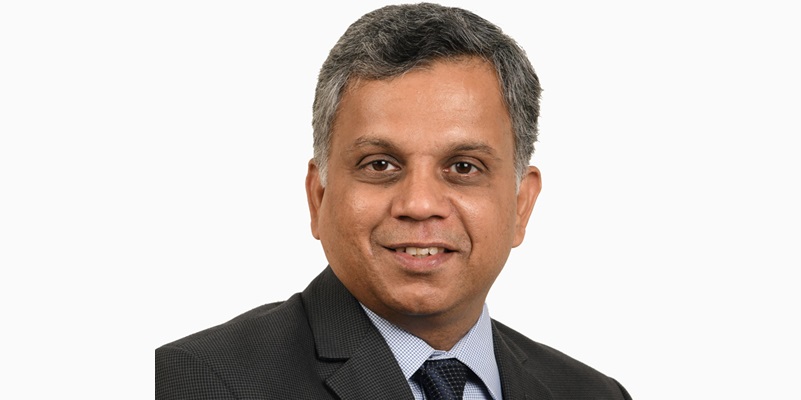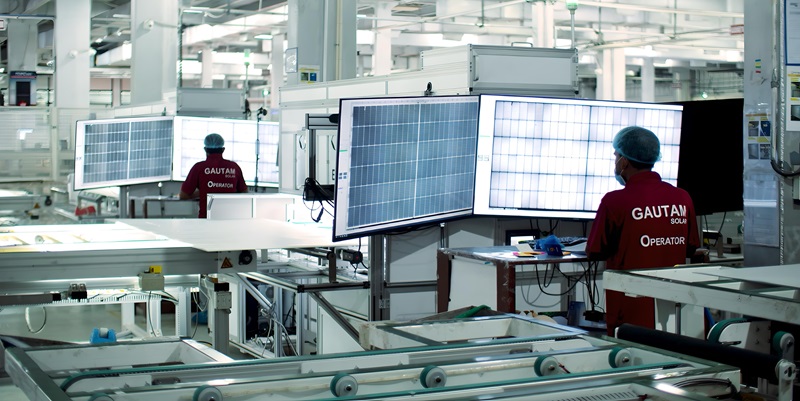Schedule a Call Back
Welding: The Importance of Choosing the Right Equipment
 Technical Articles
Technical Articles- Mar 01,12
 Indian economy is growing slowly but steadily and the good news is that it is second only to China as far as the growth rate goes. The dormant sectors of India are being boosted by large scale investments in automobile industries, steel plants, hydro power plant projects, and upcoming nuclear power plant projects, creating thousands of new possibilities for a promising future for everyone. The backbone to this growth is the fabrication sector that relies upon the strong foundation called "Welding Machine Manufacturing Industry". I prefer to call it the Silent Giant.
Indian economy is growing slowly but steadily and the good news is that it is second only to China as far as the growth rate goes. The dormant sectors of India are being boosted by large scale investments in automobile industries, steel plants, hydro power plant projects, and upcoming nuclear power plant projects, creating thousands of new possibilities for a promising future for everyone. The backbone to this growth is the fabrication sector that relies upon the strong foundation called "Welding Machine Manufacturing Industry". I prefer to call it the Silent Giant.
The Government and Private Sectors also including the small scale industries are now shifting to the newer welding technologies to meet their growing needs of faster, efficient and quality production.
 Realising the above upward trend, over the past few years several new companies have tried to ascertain their foothold in this lucrative venture of welding systems; many without having any technical knowledge and in particular, the welding industry background. However, as ironical as it may sound, they do tend to enjoy huge but short term profits at the cost of the customer. Since such establishments cannot debate or compete on technical parameters they often tend to cheat and promise a steal deal at a price that genuine manufacturers find hard to match.
Realising the above upward trend, over the past few years several new companies have tried to ascertain their foothold in this lucrative venture of welding systems; many without having any technical knowledge and in particular, the welding industry background. However, as ironical as it may sound, they do tend to enjoy huge but short term profits at the cost of the customer. Since such establishments cannot debate or compete on technical parameters they often tend to cheat and promise a steal deal at a price that genuine manufacturers find hard to match.
The fabrication sector, especially small scale industries, must understand that if companies with a sound reputation and brand name, committed to develop quality products over the years, are unable to match the prices with a year old firm offering half the price for similar looking products, then there has to be a sound reason for it. Either the product offered by this newly established firm is underrated and of poor quality, or, they will just sell the equipment without any service warranty and forget about the customer.
The customer is initially happy with the product purchased at much lower price but later suffers in agony of deception. Invariably, confirming the old adage about doing the right thing but only after trying other options, the customer then buys genuine product, eventually ending up paying much more in totality.
 The SSIs and SMEs have by now realised much of this practice, but there is still a long way to go. At Giotek Urja Usha Welding Machines, we understand this, as do we understand the requirements of our customers. We believe that information spread is information gained. For this reason we keep 100% transparency in all our dealings with customers, and invite them regularly to our works to see our production lines, and to constantly give us feedback.
The SSIs and SMEs have by now realised much of this practice, but there is still a long way to go. At Giotek Urja Usha Welding Machines, we understand this, as do we understand the requirements of our customers. We believe that information spread is information gained. For this reason we keep 100% transparency in all our dealings with customers, and invite them regularly to our works to see our production lines, and to constantly give us feedback.
Our exclusive technological tie-ups include those with top welding firms of USA, Japan and Italy, giving us that edge to completely customise and satisfy all our customers' needs.
We encourage all our prospective and old clients to buy the welding products that are appropriate to their job work. Some of the Welding and Cutting Processes are listed below for easy reference:
Some of the Common Arc Welding Processes
Electrode Welding (Carbon Arc)
It is also known as MMA (Manual Metal Arc Welding). In this process of welding where the arc is generated between the electrode and the work piece. The metallic core-wire is melted and is transferred to the weld pool. The electrode coating also melts to form a gas shield around the arc and the weld pool as well as slag on the surface of the weld pool, thus protecting the cooling weld pool from the atmosphere. The slag must be removed after each layer.
Benefits of MMA are:
- l Flexible
- l Low cost
- l Mobile
- l Ideal for repairs
MIG MAG Welding (Metal Inert Gas: GMAW)
 MIG Welding is also referred to as Gas Metal Arc Welding (GMAW). MIG welding is where used high deposition rate is required with the help of welding wire that is continuously fed from a spool. MIG welding is a semi-automatic welding process. These MIG/MAG processes are very flexible, i.e., they can be partially or fully mechanised and are suitable for a wide range of applications. A shielding gas is used in this process, commonly CO2 or Argon. It stabilises the arc and also shields it along with the molten weld pool to allow smooth transfer of metal from the weld wire to the molten weld pool.
MIG Welding is also referred to as Gas Metal Arc Welding (GMAW). MIG welding is where used high deposition rate is required with the help of welding wire that is continuously fed from a spool. MIG welding is a semi-automatic welding process. These MIG/MAG processes are very flexible, i.e., they can be partially or fully mechanised and are suitable for a wide range of applications. A shielding gas is used in this process, commonly CO2 or Argon. It stabilises the arc and also shields it along with the molten weld pool to allow smooth transfer of metal from the weld wire to the molten weld pool.
TIG Welding (GTAW)
 In tungsten inert gas (TIG) welding, the TIG welding process, the arc is drawn between a comparatively non-consumable tungsten electrode along with the consumable wire termed as the filler wire, and the work piece. TIG process gives superior welding arc therefore it is commonly used for both high quality and manual welding. Owing to the gas shield, a clean weld is formed. This prevents oxidisation from occurring.
In tungsten inert gas (TIG) welding, the TIG welding process, the arc is drawn between a comparatively non-consumable tungsten electrode along with the consumable wire termed as the filler wire, and the work piece. TIG process gives superior welding arc therefore it is commonly used for both high quality and manual welding. Owing to the gas shield, a clean weld is formed. This prevents oxidisation from occurring.
The type of gas shielding typically used for TIG welding is argon, helium, or a combination of both. When combined, these two gases can ensure a higher welding speed and welding penetration. Argon is the preference of most welders when it comes to TIG welding. It is often used simply because it is heavier than air and provides better coverage when welding.
With TIG welding, one can perform a variety of weld types on several different metals. Steel and aluminium, however, are the two most widely used metals. The filler rod is another important aspect of TIG welding. Usually made from the same material as the base metal, it is used for reinforcing joints and welding heavy metals.
Submerged Arc Welding (SAW)
 The welding heat source is between electrode and the job. The arc and the molten metal are "submerged" in a fusible flux blanket. Like MIG welding process the welding electrode wire is continuously fed into the arc and the additional flux is distributed ahead of the joint to be welded.
The welding heat source is between electrode and the job. The arc and the molten metal are "submerged" in a fusible flux blanket. Like MIG welding process the welding electrode wire is continuously fed into the arc and the additional flux is distributed ahead of the joint to be welded.
The operator isn't handling the equipment, but pushing a button. It can also be done with the help of a robot; however it is not very common. SAW process is generally adapted for a straight line welding. If the shapes vary, one can use a robot integrated SAW. At Giotek Urja Usha, we can provide service and integration of welding robots.
Air Plasma Welding
Plasma Arc Welding (PAW) is a process where the arc is produced with arc between the electrode and the work piece also known as the transfer arc process or the electrode and the nozzle (the non-transfer arc process). The shielding is obtained from the hot ionised gas. Shielding gas may be an inert gas or a mixture of gases. This type of welding is possible with and without the filler metal.
Oxy Fuel Welding
OFW, or oxy fuel welding, is a welding process, which joins metals by heating with a fuel gas flame or flares.
The process involves fuel gas (LPG) with oxygen/acetylene as the heating medium. The welding happens by the melting of the base metal and a filler metal, if used, by the flame produced at the tip of the welding torch.
AutomationNow, the above processes can be done manually or through an automated process. Automation is extremely necessary for neater, precise and economical welding. The automation of a process is generally customised as per the client's requirement. The three most common processes are:
Computer Numeric Control (CNC):
It is mostly used for cutting process such as gas Cutting and plasma cutting systems. It uses NC programming codes to control the movement of the torch or the torch head on the job's bed. It is recommended for high production where precision is also a criterion. Robotic Automation
Robotic systems have been very successfully introduced in various industrial sectors and have replaced many standard CNC processes. Its ability to weld several places on a single job quickly in least time makes it the most preferable choice of the high end clients. The robotic system is however challenged by the variance of the job.
SPMs
Special Purpose Machines or SPMs are most widely used in the welding fabrication sector. The movement of the torch in general, pneumatically controlled over the job. These can be most easily customised and have large customer base. At Giotek Urja Usha, we provide total welding solu-tions and automation for various job types.
(Contact: Mr Ashit Singh Janeja, Giotek Urja Usha Welding Machines (www.ushaweld.com) Hotline: +919810 -377504. Email: usha.welding@gmail. com)
Related Products

Bopp Tape
Keval Industries offers a wide range of bopp tape.

Ac Servo Motors and Drives - Asda-a3 Series
Delta Electronics India Private Limited offers AC servo motors and drives - ASDA-A3 Series.
Read more
High Speeed Tripping Relay Two Element
JVS Electronics Pvt Ltd offers a wide range of high speed tripping relay two element JRV171x2.
Read more











